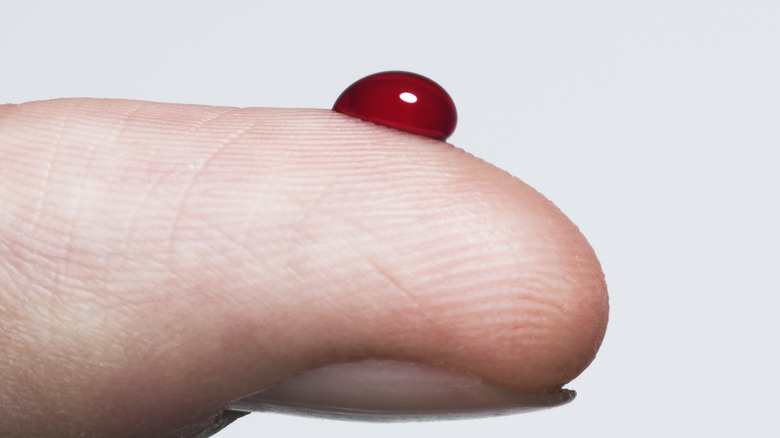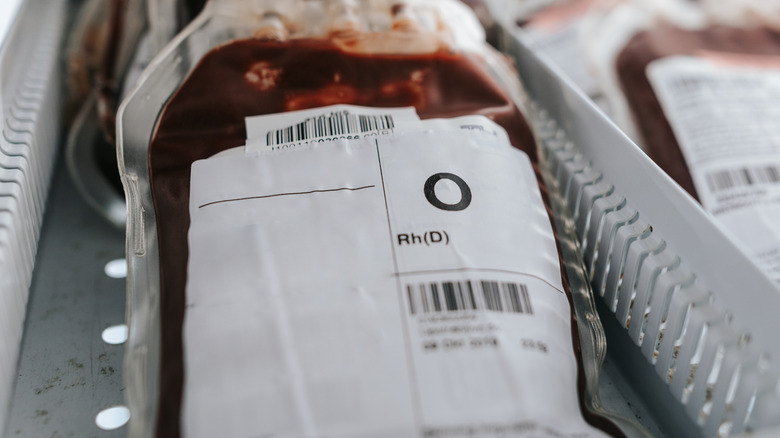How Many Gallons Of Blood Are In The Human Body And How Much Can You Lose Before Dying?
Have you ever watched "Grey's Anatomy," "House," or the like and wondered how much blood is in your body? Or, maybe you cut your hand while chopping vegetables for dinner and are worried about how much blood loss is fatal. Several factors affect the answers to both of these questions.
Generally, the average adult has about 1.2 to 1.5 gallons of blood. However, the amount of blood in your body depends on your weight, sex, residential location, and more. Let's say, for instance, that an adult male and female couple live near sea level and each weighs 150 pounds. The male will have about 1.35 gallons of blood, while the female will have about 1.17 gallons of blood. If they live at a high altitude, though, both will have more blood. The reason is that higher altitudes have lower oxygen levels, so the body makes more blood (more on that later) to support the oxygen it needs to survive. Additionally, pregnant adults typically have 0.3 to 0.4 gallons more because their bodies are supporting growing babies.
Since the amount of blood in the body varies from person to person, hemorrhages are often expressed in four stages and percentages. At up to 15% blood loss, healthy adults could feel dizzy or lightheaded, but most don't have physical symptoms. Losing 15% to 30% of total blood volume usually causes vital deviations and physical signs, such as fatigue and nausea. While healthy adults may be at risk of death if they lose more than 30% of their blood without proper treatment, the risk of death rises exponentially when they lose 40% or more without aggressive and timely medical attention.
How is lost blood replaced?
In cases involving serious trauma and 30% or more blood loss, fluid resuscitation and blood transfusions are necessary to save lives. These are usually performed using donated blood from banks, such as the American Red Cross. Although whole blood transfusions are performed for people who have suffered significant hemorrhaging, one bag of donated whole blood can be broken down into components — red and white blood cells, platelets, and plasma — to treat multiple people for less severe hemorrhaging and certain medical conditions. Medical teams also match compatible donations with the recipients' blood types to avoid further illness.
On the other hand, it's not common to need special treatment for blood loss from a minor or moderate injury, during a menstrual cycle, and after a blood donation, the latter of which only takes about 0.13 gallons of blood. The reason is that your bones produce blood cells to replenish the lost blood.
Your bone marrow makes stem cells, and the hormone erythropoietin tells those stem cells to transform into red blood cells, which carry oxygen to your organs. Since the body makes about 2 million of these cells per second, it only takes a few days to a week to regenerate the missing blood from a donation. Meanwhile, other proteins signal the bone marrow to produce white blood cells — a key component of the immune system — which also return to normal levels within a few days.

